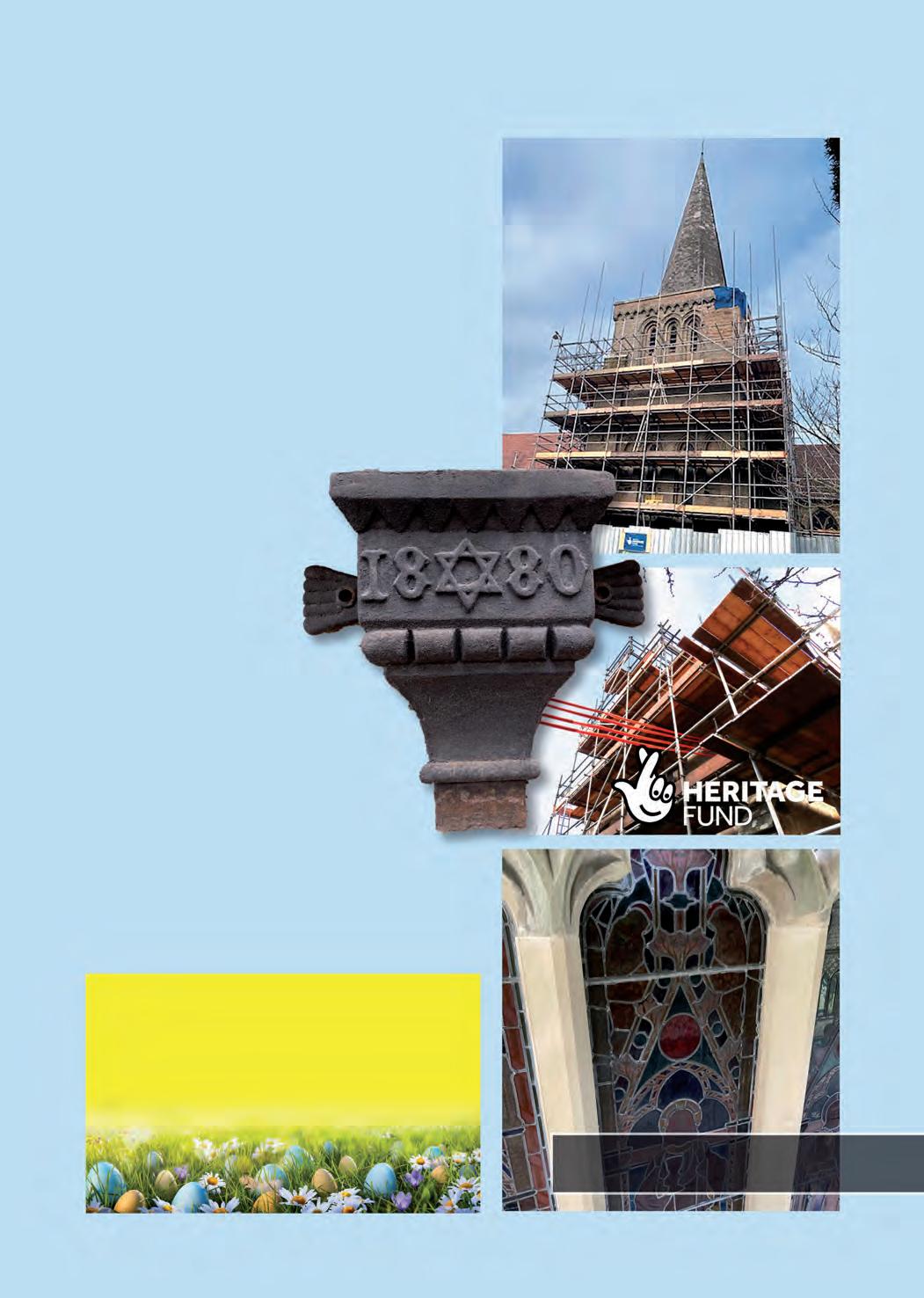
2 minute read
History
Preserving the town’s historic timber buildings
As a historic market town, Bromsgrove has its fair share of very old, timber-framed buildings. Preserving these unique structures demands specialist expertise.
Advertisement
Until the late 1600s the majority of what architects call ‘vernacular’ (i.e. minor) buildings were constructed with timber frames. In regions where wood was scarce, builders used local rubble, mud walling, or whatever was at hand, but wherever possible timber was preferred. Oak accounted for the majority of the frames, partly due to its strength and also because its heartwood is resistant to beetles. Sweet chestnut was also used for large roofspans and elm and other woods were sometimes deployed. In Bromsgrove, timber-framed buildings were found throughout the town. A notable cluster was around the Strand. In the 1980s, a major row erupted regarding plans for the Mitre Inn on the Strand. An architect’s report found it was a timber-framed house dating back to around 1600 with a large brick chimney stack serving several fire places. The adjacent houses, numbered 141 to 145 High Street, were thought to be of similar age and construction. The campaign to save these structures led to the formation of the Bromsgrove Society, the town’s conservation and local history body. The society’s founders were keen that the Mitre should avoid the fate that had befallen 23-27 Worcester Street in the 1960s. This was a row of shops that had originally been built as a single house with a large hall and a solar cross-wing in the late 15th century. Proposals to convert it to a motor vehicle showroom were unsuccessful. In 1962 the building was demolished but was later rebuilt as one of the first exhibits at Avoncroft Museum, where it is known as the ‘Medieval Town House’ or ‘Merchant’s House’. One of the town’s grandest buildings was the old Hop Pole Inn, which stood on the High Street. This was built in 1572 by Walter Brooke and remained in the Brooke family until 1825. It was one of the finest Elizabethan inns in Worcestershire. In 1865 the authorities decided to demolish the Hop Pole in order to build the ‘New Road’ to the railway station and George Quemby, the last licensee, was forced to leave. The demolition process proved how well the inn was built. The chimney had brickwork three feet thick and a pair of old manacles was found inside, complete with key. The inn’s timbers were re-erected at a cost of £2,000 on the corner of New Road. Now known as ‘The Tudor House’, the building served initially as a branch of the Worcester City & County Bank, then of Lloyd’s Bank and in more recent years as estate agents’ offices. The preservation of timber-framed buildings will be the focus of an online local history talk on March 16th, hosted by the Bromsgrove Society. Emily Hathaway and Tegan Cornah from Worcestershire Archives & Archaeology Service will discuss the work of conservation architects Freddie and Mary Charles. The couple lived and worked in Bromsgrove and became internationally-recognised experts on the conservation and repair of these vernacular buildings. This free talk was originally due to be given last April, as the society’s annual lecture, and has had to be rearranged. Participation is open to members and non-members but pre-booking is required. Visit www.bsoc.co.uk for more details.










